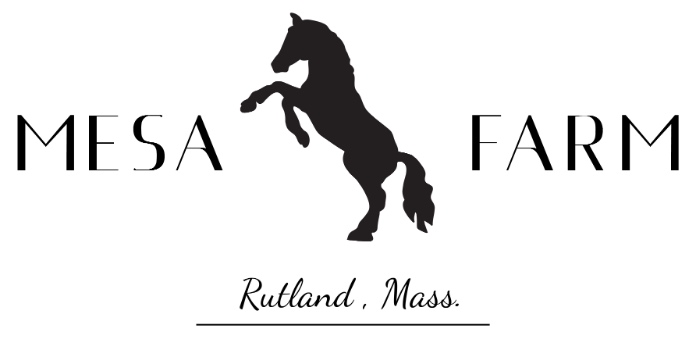July 3 – July 11
Tuesday, July 21, 2020 | By: Mesa Farm
Share
Lots of little update to share:
Activities: We had a quiet cookout with Sam and Nichole and our covid bubble of Liz, Matt, Liz Jo, Den and Meg on July 3rd instead of our usual holiday gathering. Ann and I went for bike rides on the rail trail over the weekend. Being back to full time lessons, especially in the heat, is keeping me busy and too tired in the evening to write musings!
Horse update: The horses seem to be adapting to a full work-load well. Even old Gypsy has helped out by providing quiet safe rides to beginning students. In spite of a second attempt this summer we've been unsuccessful in getting Dixie pregnant.
Sheep update: Lambs are doing well; still bottle feeding the three of them twice a day; but we're using cold milk and it is getting easier. They are old enough they could be weaned and grow on grass, but they'll do better on the cow milk and since it isn't a financial investment, we'll keep at it. Good grazing this dry year is not easy to come by, but I've been using the temporary electric fence netting to move the flock around the farm.
Beef cattle and goat update: One of the goats disappeared one night so I started penning them up near the horses each evening and let them in the fenced woodlot only during the day. Then I searched for another missing one last Sunday afternoon and walked about 100 feet into the woods and scared off a coyote. Near where the coyote had been was the dead goat; a fresh kill. Even if I hadn't seen the coyote the expertly slashed throat betrayed the species of the predator. There are several ways to manage predator control; one is to kill the predator, usually with a rifle. But scientific studies of coyotes have taught us that, being the premier animal predator in MA, coyotes control their local population biologically, reproducing based on the amount of prey available... They have larger litters when prey is abundant and fewer offspring when prey is scarce. So even though you might temporarily reduce their livestock loss and coyote numbers by killing the offending predator that hunts domestic livestock (if you're fortunate to get the right one), other coyotes will fill the void. So we have to learn to live with them. My approach will be to be more restrictive of where the goats graze this summer and work on the fenced 8 acre woodlot to see if I can make it coyote-proof.
Peafowl update: My yearling female peahen, among the three I'd let have the run of the farm, walked out through the orchard one day, turned left on Muschopauge Road, and kept walking; apparently never looking back. She hasn't yet turned up at any neighboring farms and I'm keeping my eyes out in case she joined up with any of the area flocks of wild turkeys, but she's probably gone for good. Meanwhile, my adult hen, after abandoning her first nest, laid a second clutch over a ten day period, started setting on them and recently hatched out three chicks, two of which survived.
The cock, meanwhile, after a winter of growing his magnificent train of feathers, started molting them as expected after the breeding season. The first dozen or so feathers fell on the summer solstice, June 20, when the North pole is tilted closest to the sun producing the longest day of the year. Another one of those animal hormonal changes influenced by the day length. I picked up ten or so feathers (some nearly 5 feet long) every day for a couple weeks and now only a couple "eye"s remain. He doesn't seem worse for wear and still seems to be a proud parent who stays near and closely watches his little offspring.
Bee update: I checked the hives last weekend. They've put up some honey. The "new" hive of the one I split wasn't showing a lot of bees flying but upon opening it I was pleased to see a strong population. There were no eggs, but I'm hopeful they made a new queen and have one close to laying eggs. They seemed mellow and content which is generally an indicator that all is OK with their queen at whatever stage of development she may be in. Each of the other hives seemed to be doing well so I once again moved a few frames of brood, lavae, and eggs to the weaker split. They have plenty of nurse bees and this will keep their population growing and perhaps even give them a chance to make another queen if they haven't by now.
First photo: Best trail camera photo of the previous week: Not many wildlife photos again this week; and I can't identify the low-flying species of black bird in this picture.
Second photo: The mother peafowl and her 10 day old chicks. Note they can already "fly" up and perch on the roosts. The family all sit together overnight, with the chicks managing to perch directly under the belly or wings of the hen.

